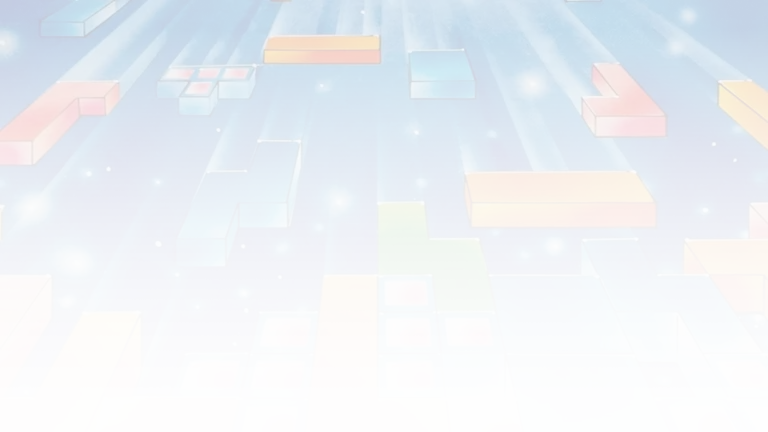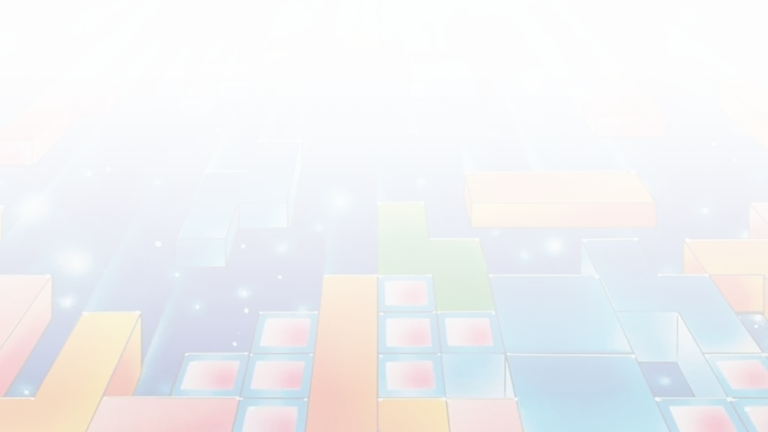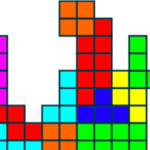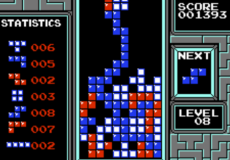
Tetris Original
Advertisement
Tetris emerged in the mid-1980s, crafted by Soviet software engineer Alexey Pajitnov, and swiftly evolved into a global phenomenon that defined the puzzle game genre. Its premise revolves around the deceptively simple task of aligning descending tetrominoes — geometric shapes composed of four square blocks each. Players rotate and position these shapes to form complete lines, which then disappear to free up space on the grid. The game progressively speeds up, increasing the difficulty and requiring quick thinking and rapid decision-making to prevent the stack of tetrominoes from reaching the top of the screen.
Advertisement
Similiar games
Tetris emerged in the mid-1980s, crafted by Soviet software engineer Alexey Pajitnov, and swiftly evolved into a global phenomenon that defined the puzzle game genre. Its premise revolves around the deceptively simple task of aligning descending tetrominoes — geometric shapes composed of four square blocks each. Players rotate and position these shapes to form complete lines, which then disappear to free up space on the grid. The game progressively speeds up, increasing the difficulty and requiring quick thinking and rapid decision-making to prevent the stack of tetrominoes from reaching the top of the screen.
Enhancing Problem-Solving Through Play
The core of Tetris’s enduring appeal lies in its blend of simplicity and profound strategic depth. Each piece’s placement isn’t just about surviving the immediate moment; it’s about setting up the playing field for future pieces. This layer of strategic planning demands and develops a player’s spatial awareness, problem-solving skills, and foresight. The cognitive challenge of Tetris is akin to mental gymnastics, as it keeps the brain actively engaged in logical thinking and pattern recognition, enhancing mental agility.
A Cultural and Technological Milestone
Beyond its gameplay, Tetris has left an indelible mark on culture and technology. It was one of the first exports of video game software from the USSR to the global market, symbolizing a remarkable cross-cultural exchange during a time of tense East-West relations. The game’s catchy Russian folk tune “Korobeiniki” became an iconic anthem as ingrained as the game itself, embodying the cultural fusion that Tetris facilitated. As it spread across platforms—from PCs to handheld devices—it not only inspired countless adaptations and variants but also helped cement the role of gaming in mainstream entertainment.
Legacy of a Game Changer
Today, Tetris remains a cornerstone of gaming, continually adapted and reimagined for new platforms and audiences. Its concept is timeless, proving that in the world of video games, simplicity can be revolutionary. The original Tetris still captivates players, young and old, with its straightforward yet challenging gameplay. It stands as a testament to the idea that classic game design endures, transcending technological advancements and changing trends. Tetris not only shaped the puzzle genre but also demonstrated the power of video games to bridge cultures and connect people around the world.
Discuss Tetris Original





















